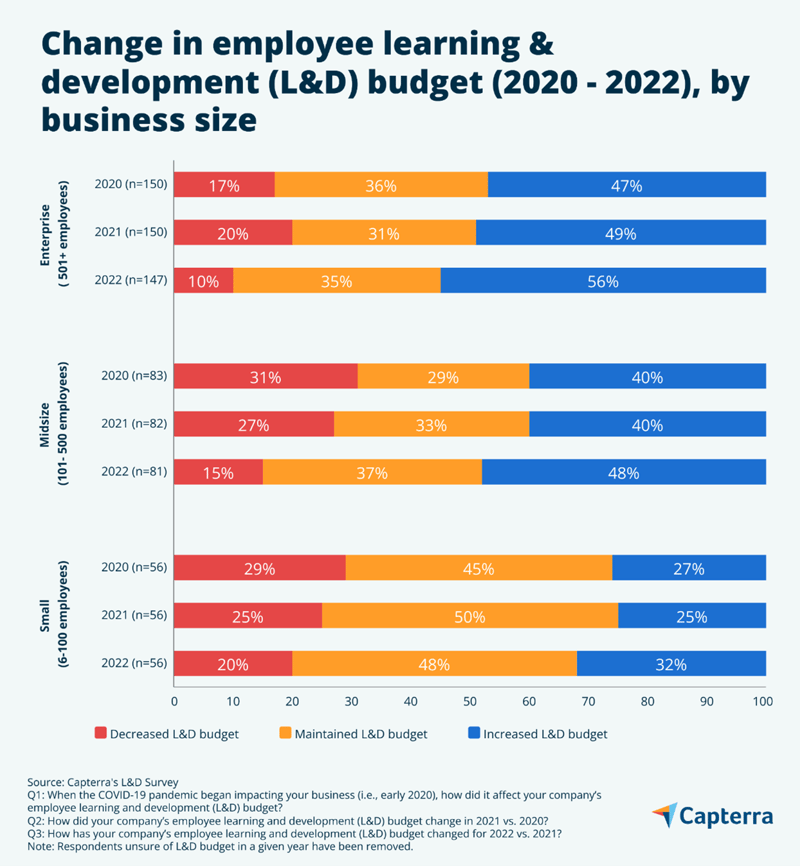Since 2020, we’ve seen the world of work evolve. The modern workplace is one where hybrid and remote working have rapidly become the norm.
The needs of employees have altered substantially, and interdepartmentally, organizations have undergone (or are in the process of carrying out) significant changes.
There has been a blurring of personal and professional boundaries, and while this has had mixed effects on employee wellbeing, it has also forced many organizations to re-evaluate their business processes and policies.
So, let’s explore some of the ways you can adapt to shifting working norms and ensure both your organizations, and it’s employees, get the most out of these new ways of working.
Employee experience
The most interesting shift is that businesses are now being forced to come face to face with the experiences employees have as consumers. There is an increased demand on HR technology, and greater expectations for work technology to perform at the same level as the most popular consumer apps.
The gap between organizations who are prioritizing employee experience, and those who are not, is widening. There’s a broadening chasm, and growing disparity between those businesses who have embraced the ‘new-norm’ and are starting to design modern Employee Experience (EX) strategies - and those still waiting for things to ‘go back to the way they were’.
This is already having a profound impact on staff retention, productivity, and wellbeing.
What employees want
Employees expect HR teams and management to provide open communication, a greater level of personalization, mobile functionality, and greater support for remote working. But it’s not that simple.
The CEO of Slack, Stewart Butterfield recently pointed out that the world is still trying to figure out the perfect hybrid working model.
While younger people, fresh from college have a higher desire to engage in the social aspect of physically going to the office to work, those who have families and no desire to commute, want to retain the flexibility of working from home.
The cost of Learning and Development (L & D)
There’s no doubt that the hybrid working model is here to stay, but it’s becoming clear that there is no one-size-fits-all solution for ensuring that employees have the tools and knowledge they need to make it work.
So, what is the real cost to organizations and employees? How do businesses ensure that they can protect their bottom line, while providing their employees with everything they need to thrive in the working environment of their choice?
During the pandemic, shutdowns allowed businesses to save money on the expenses that come with in-person L & D programs, like classroom facilities, attending conferences, travel, and accommodation.
That money is now being ploughed into virtual L & D systems and content, with substantial investment in enabling employees to learn new skills in the hybrid working world.

The cost of tools, applications, and people that don’t work
"In a hypothetical 10,000-employee company that spends $1 billion on payroll, 50%-60% of the average employee's time is spent on communication of one sort or another. So, you're spending $600 million — and how much investment do you put into training them to be more effective communicators and have better meetings?"
Stewart Butterfield, CEO, Slack
Downtime can cause a massive loss in profits for businesses. There are many reasons that productivity can come to a halt, and an organization’s entire communications infrastructure can be compromised in many ways by:
- Employees lacking skills to use the technology
- Power outages
- Poor internet connection
- Problems with network
- Device incompatibility
- Cyberattacks
Even a few minutes of downtime a day can turn into many hours a week. According to a study by Statista, downtime costs global enterprises around $351,000 per hour. That’s an astounding $5,850 per minute, and for big businesses, the loss of revenue can be staggering.
So how can organizations gain better control, and staunch the flow of wasted hours, lost productivity, and disgruntled employees?
Insights and analytics: The currency of success
The creation of the ideal hybrid working model should be based on data and analytics to provide valuable insights into what’s working, and what isn’t. It can reveal a goldmine of information on both employee experience, and how technology is performing.
How insights benefit employees
Meeting the needs and preferences of employees means harvesting and utilizing the power of data to measure performance and experience. It can identify employee weaknesses and strengths, levels of satisfaction and engagement with applications.
Having insight into how your collaboration tools are being used - for example, the number of minutes spent in meetings, how calling plans are being used, etc) could help enterprises make better decisions about their tech investments and be a real value-added service for MSPs.
Find out how ‘Hybrid Working Can Improve Your Talent Pool’ here
How insights keep technology on track
Monitoring and troubleshooting reveals insights into an organization’s tech infrastructure that are key to minimizing costly glitches and downtime.
The disparate nature of hybrid working means that a UC environment could consist of up to hundreds of different applications, devices, networks and locations. Keeping track of all this technology may seem impossible, but a third party monitoring solution like IR Collaborate can provide a complete view of the entire infrastructure from a single pane of glass.
The information and insights gathered can detect problems quickly and accurately, and even prevent them from happening in the future.
The true cost of a great employee experience can vary, but the one common denominator is that insights and analytics are a valuable down- payment on the ideal hybrid working model.




